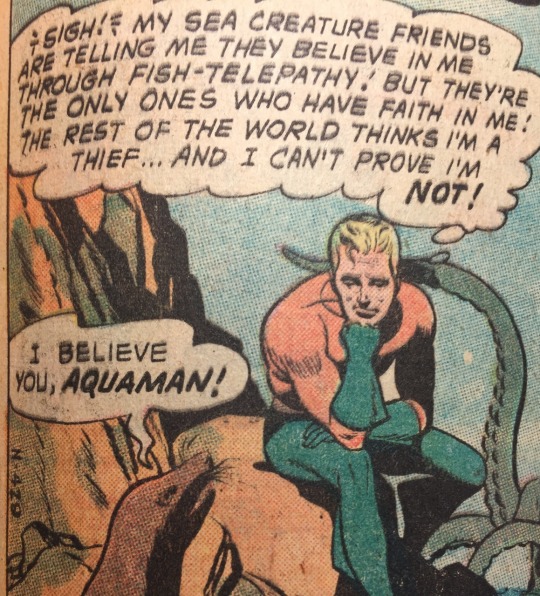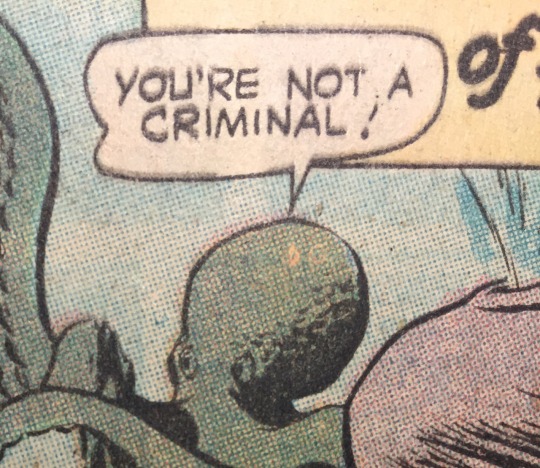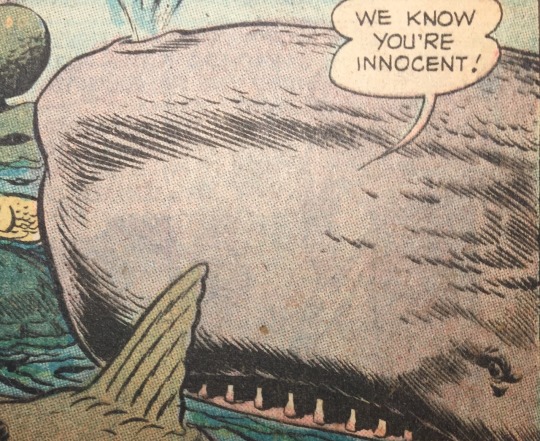Text
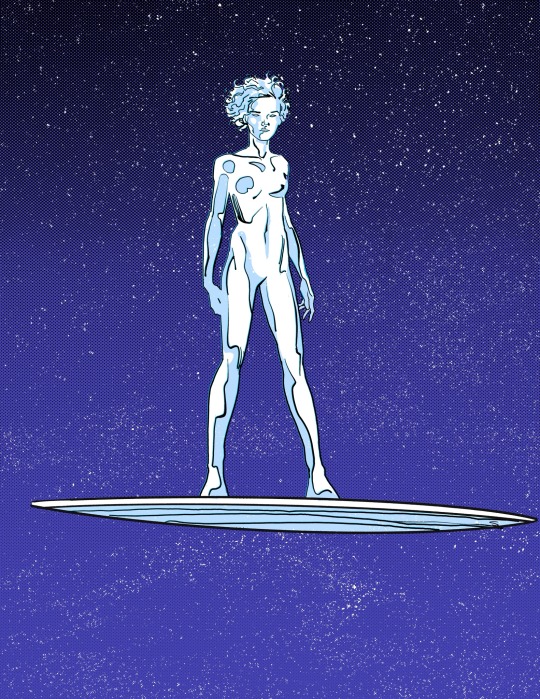
Made a Surfer today
95 notes
·
View notes
Text
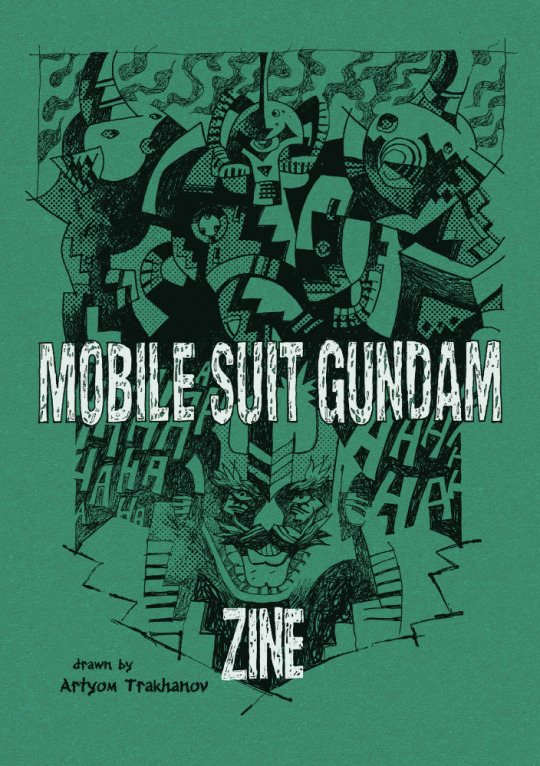

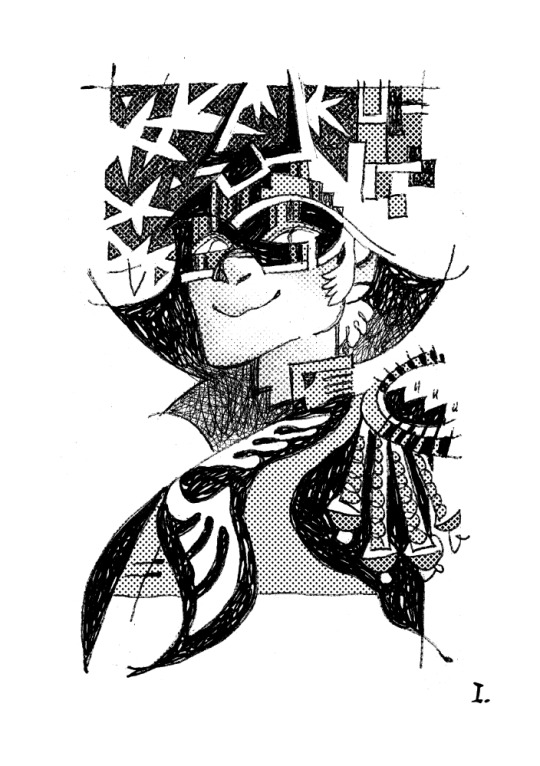

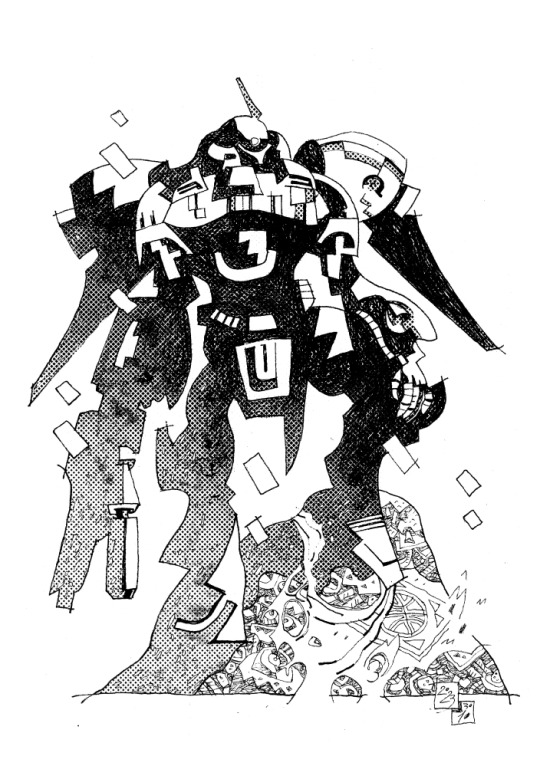
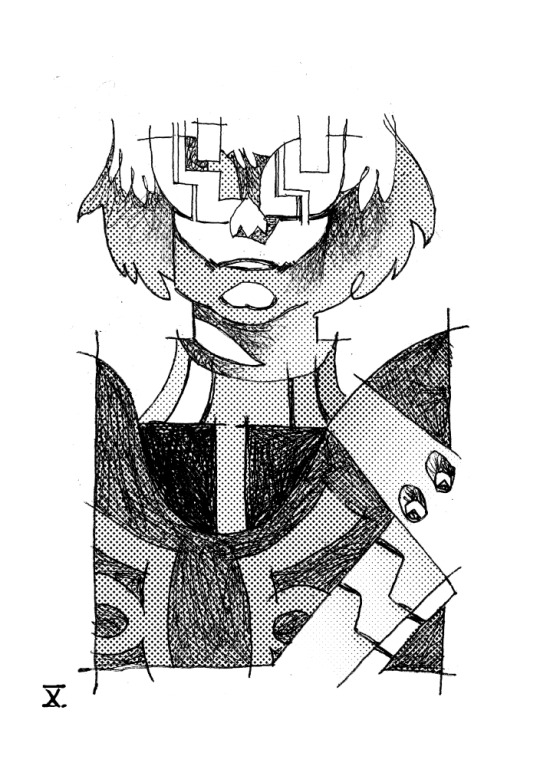
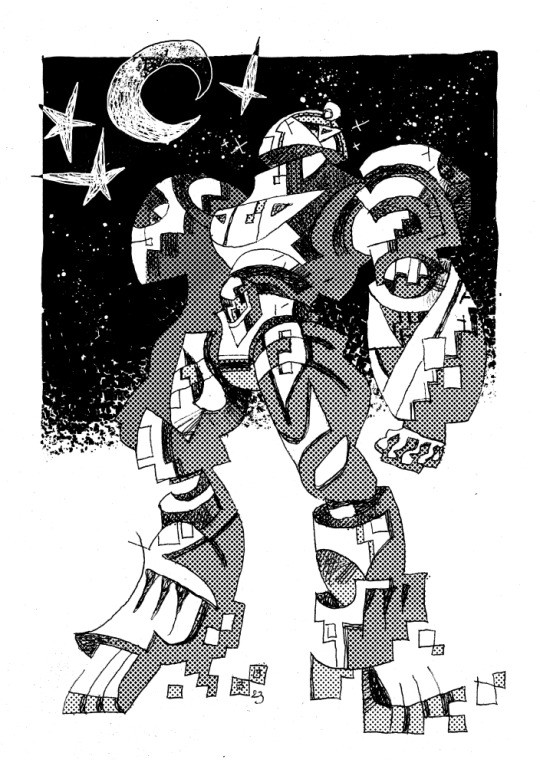
Heyaa!
My Gundam Zine is live now!
15 duos of trusty Mobile Suits and their pilots, available on Gumroad and Itch for frее (or with a big nice bonus material package for $3+)
As always, I appreciate your support, your downloads and you feedback, and I hope you're doing well!
219 notes
·
View notes
Photo

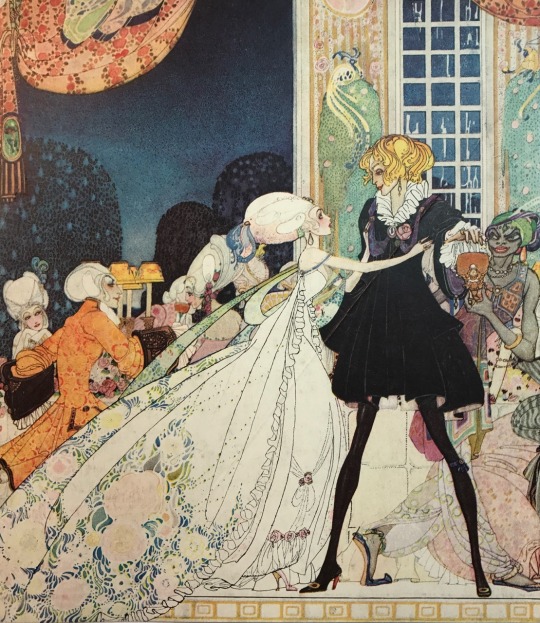
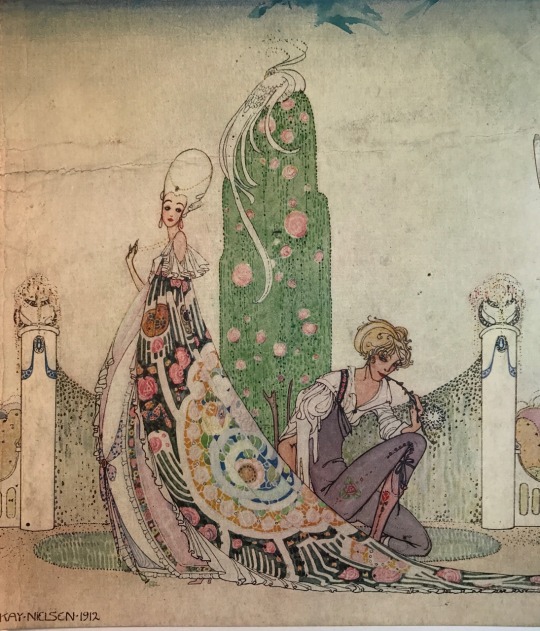


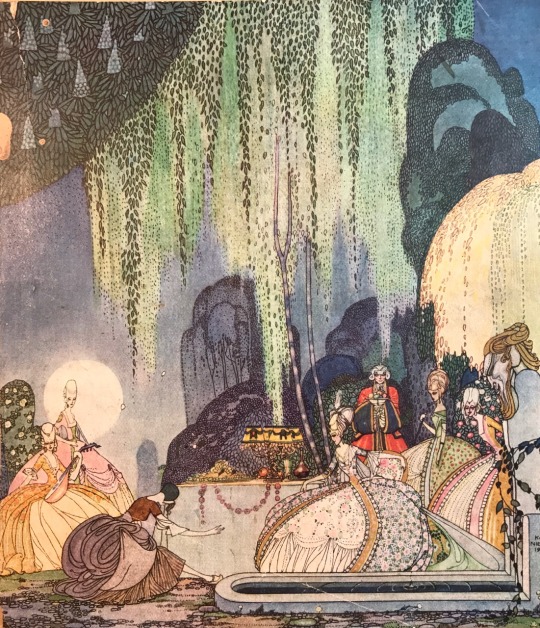

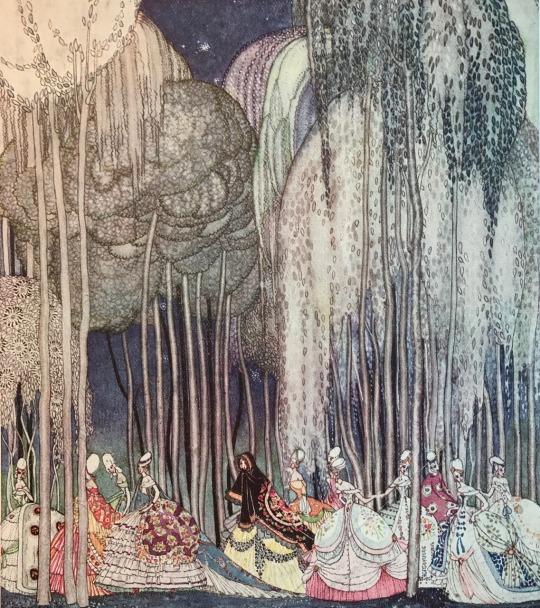

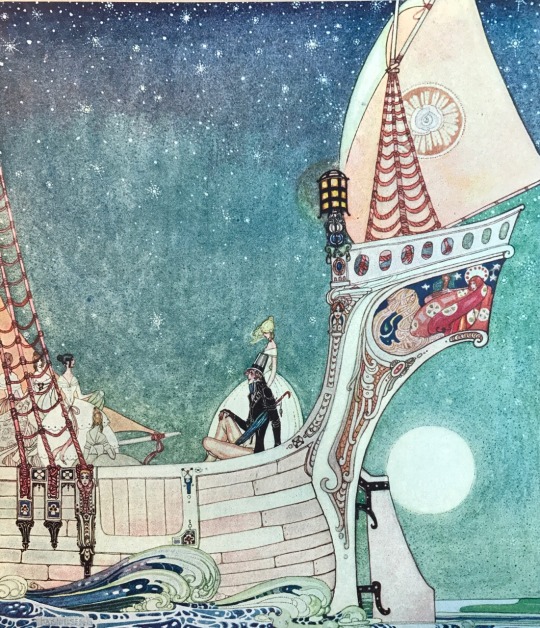
This copy of Kay Nielsen’s In Powder and Crinoline (1913) lived in someone’s art studio once- there’s paint on the cover and some plates. It has no spine. Pages are loose. But it has all but 2 plates, and here’s some of ‘em.
35 notes
·
View notes
Text



RIP Keith Giffen. Where do you even start? An important comic book creator for my childhood-- he was everywhere for a time, at least for DC Comics, but in such an astonishingly peculiar way, at least from the modern era.
The way I remember it, Mandela Effect and All: Because it was a time when they didn't know how to move forward-- the pure fan era that I think Giffen came out of was ending, and the "let's deconstruct all this" guys had blown in and blown out of comics, and the "let's treat this all as Big Icons doing Big Iconic Stuff so that Hollywood Notices Us" era wasn't in comics yet. And Image had either just hit or was about to and people were saying "let's break everyone's backs and make them alcoholics and replace them with characters who have more pouches and put their girlfriends in refrigerators."
And people seemed lost, especially at DC, especially there because you know, they'd published Watchmen and Dark Knight Returns. So how do they move forward? And Giffen seemed to be the guy who maybe didn't know the answer to that question but wanted to find out! And so you had that Justice League run with Kevin Maguire where... if I like the DC characters at all to this day, that run is 90% why, and it's a big swing in the opposite direction. Anytime people are like "The Justice League must include so and so, there are trinities at stake here" , all that lame-o religious-y talk, I'm still to this day like "why isn't this person mentioning G'nort??"
And you had a Legion run that certainly had its detractors at the time, but that was very much trying to find how far he could push almost everything about what that comic could be to something new-- he had a 9 panel grid, it had characters with trauma, it had a massive cast it did nothing to help you with, , everyone knew each other by their first names. And then you had him as an artist, and not just all the different things he did at DC, but also trying to play ball with Image, with Trencher. And out there in Valiant comics, in one of its "What the hell do we do" phase with Punx. He's playing with the form, and he's making fun of the industry, and he's ... he's trying. He really was trying-- that is a career of trying, in a way I think you'd be kind of heartless not to admire, a little (or for me, a lot).
As an artist, Giffen I think has really aged the best, though just because he was someone ... who was trying to find out what other people were doing and how he could bring that into his own work and how he could find something new. Too much so famously, perhaps early in his career, but when you look at the whole scope of a career-- you know, there's a lot of Kirby to Giffen but he's definitely not a guy who stopped there. He was a guy looking for the next thing to study so when I see modern guys (Michel Fiffe or whoever else) talk about Giffen and admire him-- you know... it makes me... There's a way of viewing English-language comic art as a relay race that's to me very beautiful and it was ... Maybe getting lost?? when I checked out. I don't really know. But. But Giffen for me being in that relay race... I like that, I guess.
People talk about "loving comics" and usually I don't know what the fuck they're talking about. Batman? I don't fucking know. But Keith Giffen-- that guy fucking loved comics. At least, I think when you read his comics, he wanted you wanted to love them too, you know? He wanted you to love Rocket Red. And you know, I still kinda do...? Rocket Red was a good dad!!! Or he wanted you to really love what you could do with a 9 panel grid. Or what you could do with a weird ass squiggle. Or...
I don't know. This one makes me a little sad, maybe in a "it's not them dying, it's knowing you're also going to die" kind of way, maybe a selfish kind of way, but still. Nevertheless. I don't know-- I've not really fully processed this one yet so there's probably something better to say here, but.
My condolences to those who knew him best and loved him most. And I hope he enjoyed his time here.
(Pictured: a page from Victory #1 working with Kurt Busiek on Kirby characters, a page from Punx, and an ad for the final JLI arc).
64 notes
·
View notes
Text
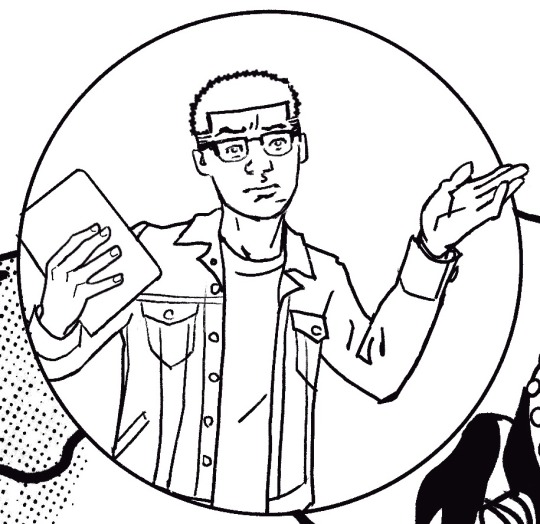
¯\_(ツ)_/¯
6 notes
·
View notes
Text
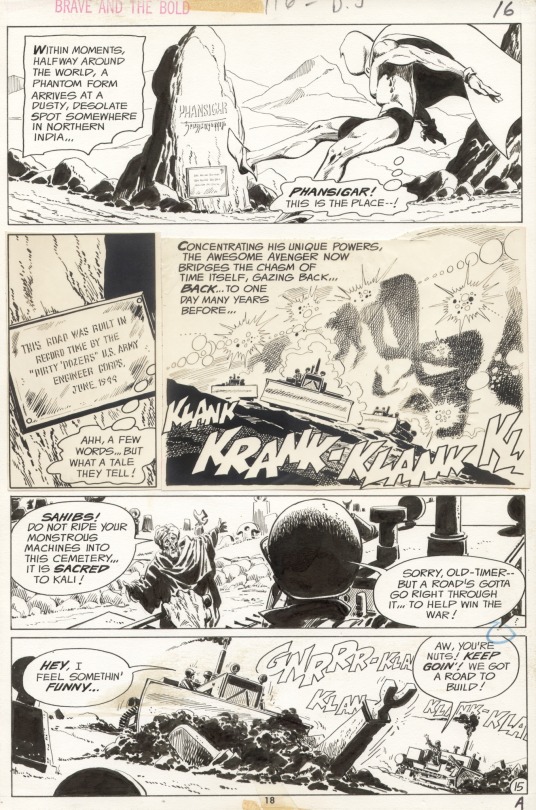

My Jim Aparo Spectre page, from The Brave and the Bold 116, 1974. Before and after I removed the unnecessary stats.
17 notes
·
View notes
Text

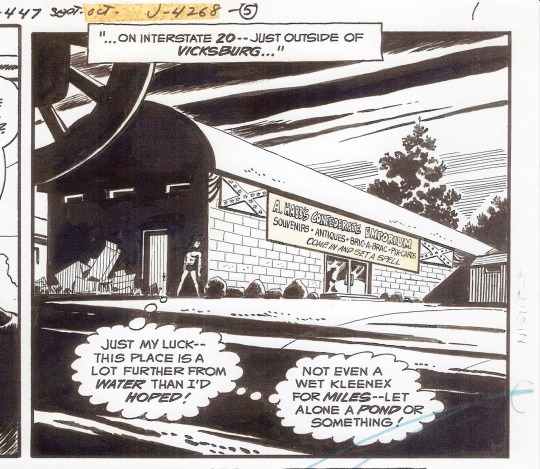
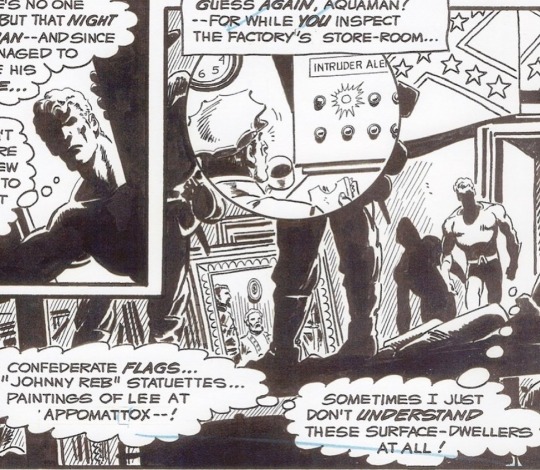
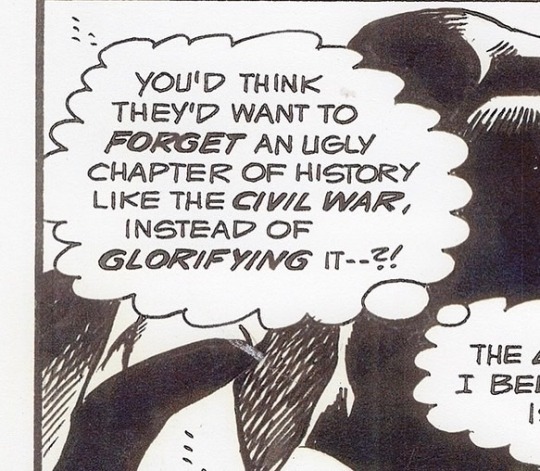
For Jim Aparo's birthday (b. August 24, 1932), please enjoy Aquaman being mystified by Civil War fetishists, 1976
16 notes
·
View notes
Text

Cover for The Legendary Lynx 3, coming your way at Zestworld soon, in print from Syzygy later!
11 notes
·
View notes
Text
Thoughts on giving critiques to comics artists.
Seeing lots of discussion from students about sour experiences with an unhelpful art teacher, so here's a long, long post about giving critiques.
NB: I have no formal training as a teacher, but I was a student, and I've spent decades giving artists feedback on their work.
When someone brings me a portfolio, I like to establish my limitations & clarify my perspective. My work is firmly rooted in traditional US comics storytelling (i.e., not manga or art-comics.) I can give feedback on other approaches but they should know where I’m coming from.
“We've only got a little time for this, so I'm going to spend that time focusing on things to correct. That doesn't mean you're doing everything wrong, or that there’s nothing good here, but it’ll be more helpful if I identify some problems and show you how to fix them.”
Why? Because for many young artists their entire sense of self worth is wrapped up in being good at what they do. (It was for me!) In school they were probably the best artist in their peer group. But now if they're hoping to turn pro, they’re at the bottom.
Sometimes you know what’s up when you see page 1, but try to keep an open mind. Some build their portfolios by sticking new pages at the back & don’t weed out the old stuff up front, so the work gets better as you go. When it’s like that I ask: “Show me your best 8 pages.”
I ask questions: "What's the goal? Do you want to be hired to work on someone else's project, or to get the story you're showing me here published?"
If 1, I steer towards a portfolio that'll showcase hirable skills.
If 2, I look for what tweaks will make that particular story more effective.
"Do you have teachers giving you regular feedback? What are they telling you?" Sometimes a student is getting bad advice. In cases like that, I'll do my best to be extra clear WHY I'm giving them advice that's 180 degrees from what they've been hearing.
“What artists are you looking at? Is there someone you admire or try to emulate?” This often helps me understand choices they're making, and I can sometimes incorporate things those artists do into my suggestions.
I ask myself questions about what I’m seeing. First: Is there a narrative? If not, I make it 100% clear I'm not speaking as any sort of expert. I'm good at critiquing storytelling, but don't have anywhere near as much to offer illustrators or designers.
Can I follow the story? Or am I confused about what's going on? Are the characters and settings drawn consistently?
If not, is the artist at least making use of tags (distinctive clothing, hair etc.) to keep the characters recognizable?
Does the artist demonstrate a good command of basic academic drawing? If not, Do I think they need it? Do I focus on "how to draw" or on "what to do when you can't draw?"
Is the artist putting the viewer’s eye where it needs to be to tell the story effectively?
(At this point I’m usually doing little doodles to go with my instructions. I scribble out ugly little 5 second diagrams that I hope will clarify what I’m talking about. Or they might make me seem demented. Hard to say!)
Is the artist making choices that are creating more work than necessary? Is there a particular weakness? I once spoke to an artist with a portfolio full of great work when he was drawing animals and monsters, but his humans were amateurish in comparison. I spent that critique talking about drawing people.
A crit can be a grab bag. In addition to big-picture advice, I'll point out tangencies, violations of the 180-degree rule, wonky anatomy, weird perspective, places where the artist neglected to do important research, odd choices in how they spotted black, whatever catches my eye.
I also try to make a point of defining the terms, so that jargon like “tangency,” “180-degree rule,” and “spotting black” don't go over their heads. Find simple, concrete ways to talk about these things, & clarify why it's a problem when they aren't done correctly. Draw diagrams!
Recognize that even a perfectly phrased explanation might not sink in. Some lessons can only be learned when a student is ready, and it might take a year or two of work before they can understand what you were saying. It's good to plant seeds.
Are there other artists who are particularly good at solving the problems the student is trying to solve? I steer them towards that artist's work. And I always recommend life drawing & the use of reference to give work variety and authority.
Despite what I said earlier about focusing on what's wrong, I try at the end to find something encouraging to say. And if I’ve really piled on the criticism, I emphasize that I only spent the time and energy to do so because I take their efforts seriously.
If I've done my job right, they'll leave my table with tools to make their work better. And maybe in a few years they'll be looking at some younger artist's work, surprised to discover just how much you can learn when you're asked to teach.
496 notes
·
View notes
Text
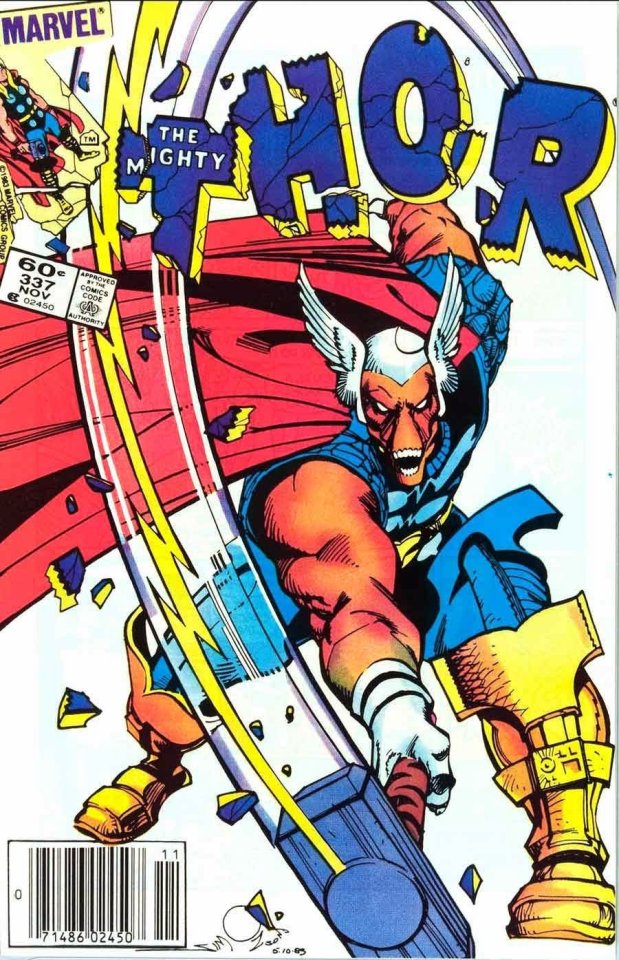

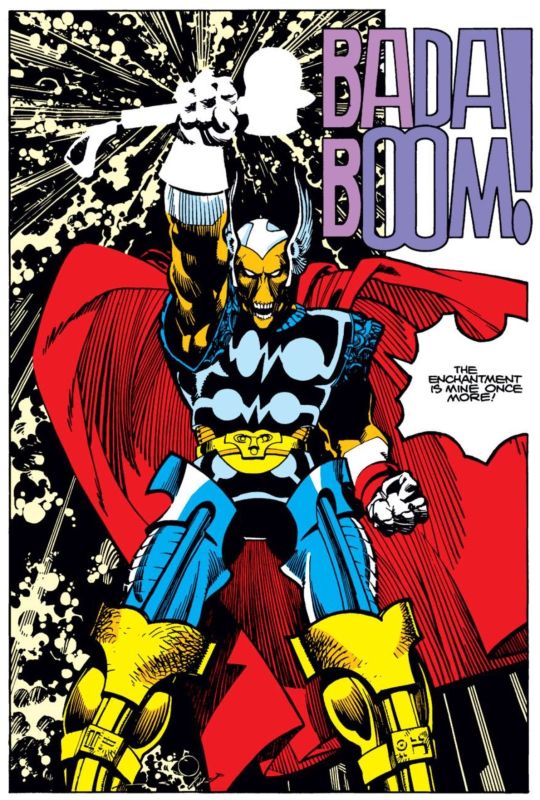
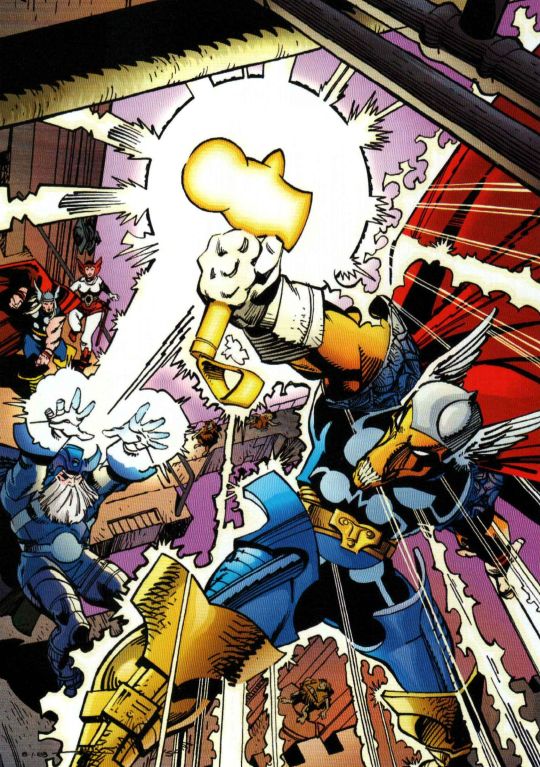
Beta Ray Bill made his debut in The Mighty Thor #337, which arrived in stores Aug. 2, 1983 ... forever changing the Thor mythos and the idea of who was "worthy." Created by Walt Simonson, Beta Ray Bill ushered in a new era for Thor that Ragnarok'ed readers' imaginations.
45 notes
·
View notes
Text

In 1992, Sinead O'Connor ripped up a picture of the Pope on live television, in protest of the rampant child sexual abuse the Catholic Church was actively covering up.
Ten days later, she was scheduled to perform at Madison Square Gardens, as part of a celebration of Bob Dylan. As soon as she got to the microphone, the audience began loudly booing her, seemingly in unison.
The organizers tasked Kris Kristofferson with removing O'Connor from the stage. He instead went out and put his arm around her and checked in on her and stayed until she'd steadied herself and was ready to perform. When she came off stage, he wrapped her in a bear hug.
"Sinead had just recently on Saturday Night Live torn up a picture of the Pope, in a gesture that I thought was very misunderstood. And she came out and got booed. They told me to go get her off the stage and I said 'I'm not about to do that'
I went out and I said 'Don't let the bastards get you down'. She said 'I'm not down' and she sang. It was very courageous. It just seemed wrong to me, booing that little girl out there. But she's always had courage."
11K notes
·
View notes
Photo




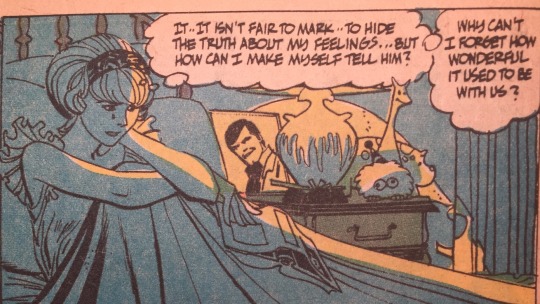
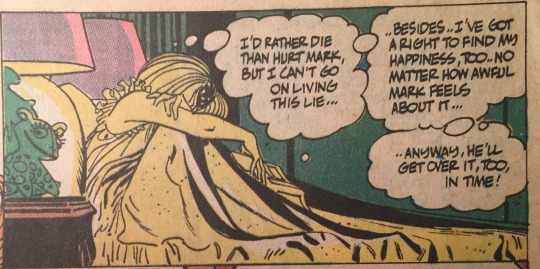

Just a handful of panels from Young Love 73, Mar/Apr 1969.
34 notes
·
View notes
Photo
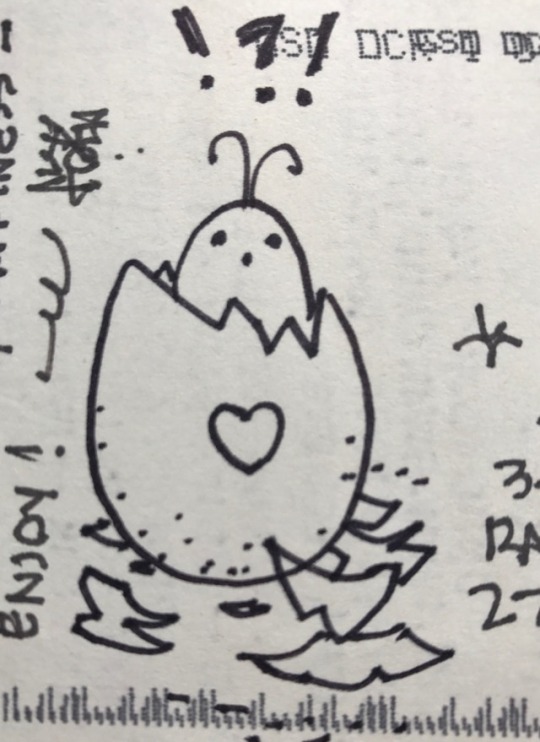
From the great Alex Toth, the week after my boy was born.
26 notes
·
View notes
Text

Happy Alex Toth’s Birthday 🥳
June 25 1928- May 27, 2006
90 notes
·
View notes
Text

Rawr!
15 notes
·
View notes
Text
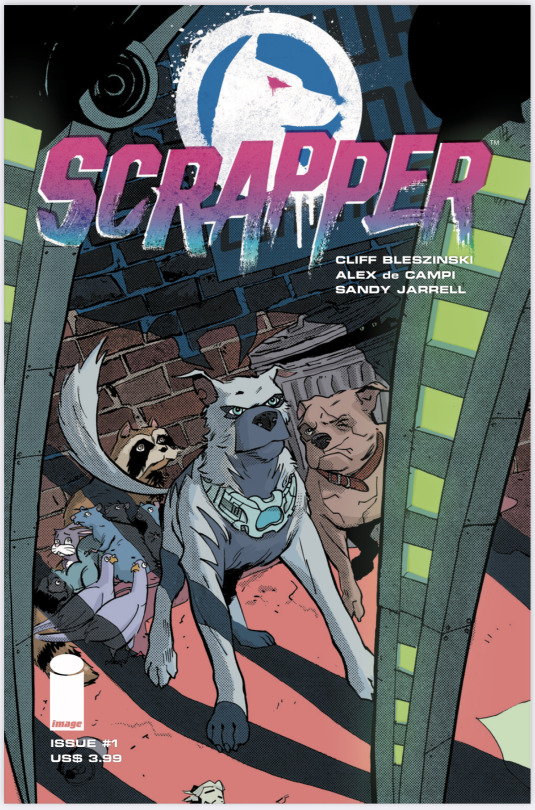
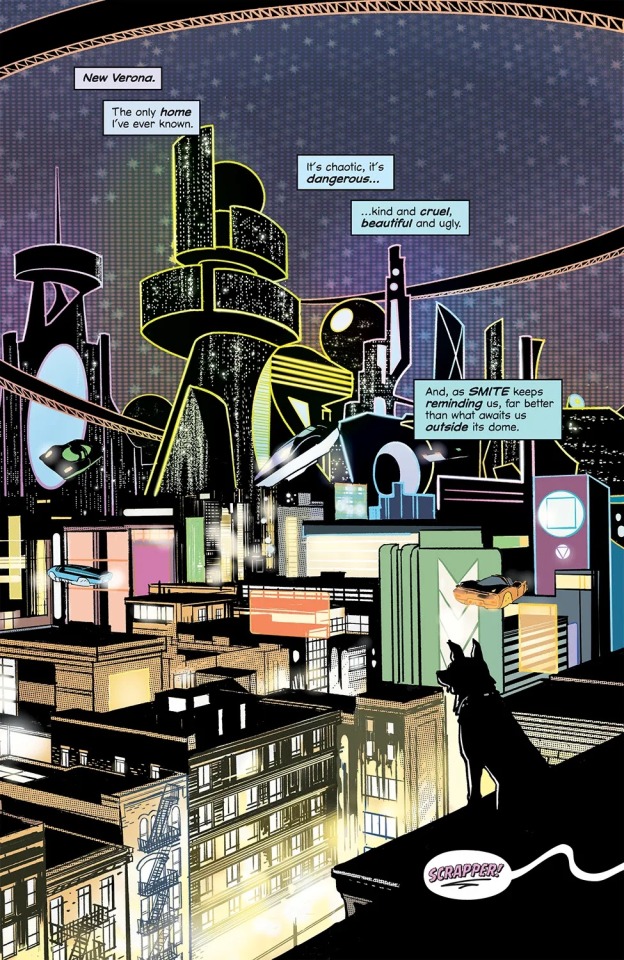

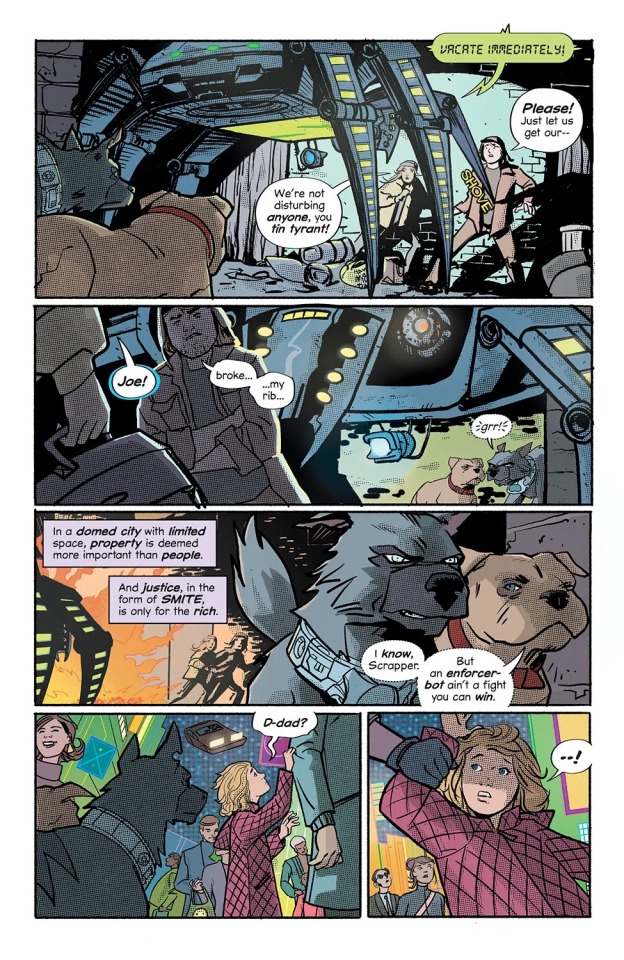


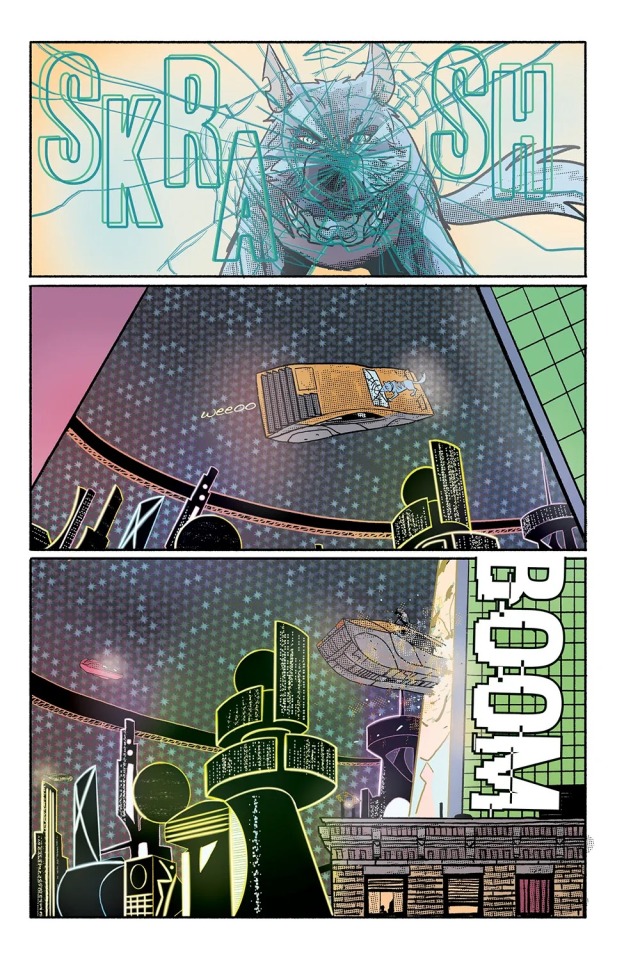
Out mid-July 2023, art and colors by yours truly
7 notes
·
View notes
